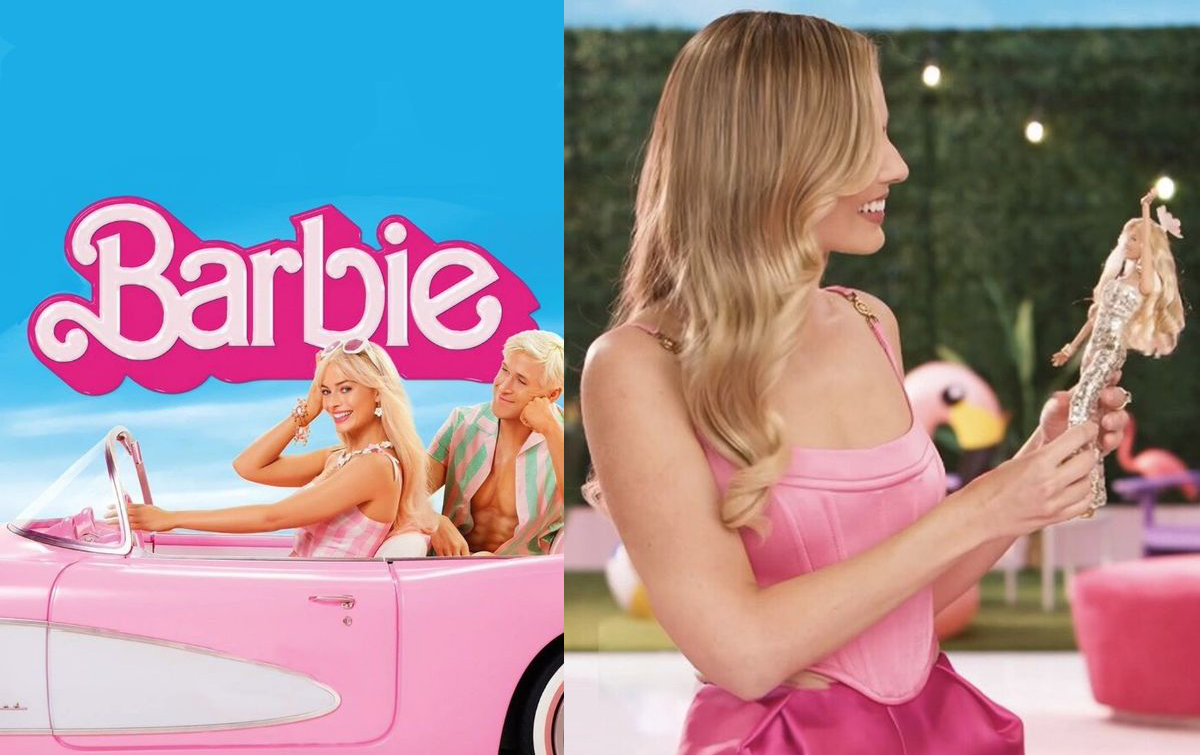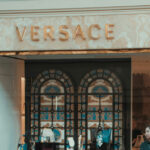
$100M Barbie Marketing Campaign
How could we possibly overlook an entire month without spending a little bit of time delving into the overwhelming Barbie frenzy that has engulfed almost everyone on planet Earth? (Probably a bit of a stretch, but read on).
This article revolves around the extraordinary Barbie marketing campaign, and let me tell you, it’s on a whole new level.
Here comes the burning question: How much money was allocated to the marketing budget?
According to a report from Variety, a staggering $100 million USD was dedicated to the Barbie marketing campaign.
The marketing strategy employed is sheer brilliance, demonstrating the ingenuity of the creators and marketers involved. This approach not only pushed the boundaries but also elevated them to unimaginable heights (Ken’s Barbie House as an Airbnb included).
So, without further ado, let’s delve into the mesmerising details:
Firstly, let’s chat about the AI-powered Barbie Selfie Generator.
Did you have a go? This ingenious tool utilises an individual’s facial features to transform them into a captivating Barbie-like image.


Engaging Interactivity
The campaign incorporated interactive elements, allowing users to create personalised movie posters by uploading their photos. This interactivity sparked widespread sharing and user-generated content, amplifying the campaign’s reach and generating buzz across social media platforms.
The outcome is an entertaining and visually striking photograph that has captured the hearts of people, prompting them to enthusiastically share it across various social media platforms. Since its introduction, this innovative marketing tactic has experienced an unparalleled viral triumph, swiftly taking the meme world by storm. It also creates a sense of nostalgia for all Barbie lovers big and small.
Clever Utilisation of Branding Elements
Billboards with a twist, an intriguing element of the campaign is the utilisation of straightforward Barbie pink billboards with the word “Barbie” discreetly inscribed in the lower right corner. The clean and uncluttered design enables viewers to concentrate solely on the word “Barbie.” You can’t miss the eye-catching pink colour and the font that screams BARBIE. This minimalist approach introduces an aesthetic variation that any brand can experiment with to assess its effectiveness.
The campaign showcased ingenious use of branding elements such as the distinctive pink colour associated with Barbie. By incorporating this colour prominently across various marketing materials, from billboards to movie posters, the team ensured instant recognition and recall.
The Mattel brand has engaged in a plethora of collaborations and unique merchandise strategies – fashion, accessories, home, etc.
Talking of homes, let’s touch on the Ken-inspired Airbnb.
Ken himself, in a surprising turn of events, is the one behind the Airbnb listing. He reveals that Barbie has entrusted him with the keys to her kingdom while she is “away” this summer.
Starting from 17 July, reservations will be available for a one-night stay in this enormous pink property, boasting a life-sized pool, a workout area, and breathtaking ocean views.
The listing proudly announces that the dream sleepover experience, designed for two guests, is completely complimentary, emphasising that Ken’s passion lies in the beach rather than mathematics. We even heard that John Legend and Chrissy Teigen recently stayed there!
This Airbnb announcement is part of an ongoing viral marketing campaign for the upcoming Barbie movie, building excitement as the film’s premiere on 21 July draws near.



Strategic Partnerships
Let’s chat about the timeless and classic part of the Barbie phenomenon: merchandise. There are countless products, created through collaborations with a wide range of brands. The marketing team forged partnerships with various brands and platforms, including collaborations with Forever 21 and Xbox. These partnerships extended the Barbie brand into different realms, such as the virtual world of Roblox and the gaming universe of Xbox, further enhancing visibility and creating additional touchpoints for engagement.
Margot Robbie has been gracing global premieres in outfits inspired by real-life Barbie dolls. This has created a fashion trend with all social media personalities getting involved in the festivities for the premiere, giving their best Barbie.






Broadening the Target Audience
What’s truly fascinating is how the Barbie movie marketing campaign has managed to break away from the traditional focus on children that has been synonymous with the brand for the past 60 years. Unlike before, the campaign now gears its products towards adults, aiming to resonate with the film’s intended audience and cater to their tastes and interests. By recognising the power of nostalgia and strategically developing merchandise and partnerships targeted at grown-ups, the campaign successfully expands its appeal beyond children, tapping into a new market segment and giving adults a reason to get excited about the world of Barbie.
Embracing Controversy
The campaign acknowledged and addressed the controversies surrounding the Barbie brand, particularly regarding body standards. By embracing the controversy head-on and stating, “If you love Barbie, this movie is for you. If you hate Barbie, this movie is for you,” the marketing team turned potential criticism into a point of intrigue, sparking curiosity and drawing attention to the film.
“Life isn’t a competition” – Barbie. (Are you sure, Barbie? Your marketing campaign leans the other way a little).
Overall, the Barbie movie marketing campaign demonstrated a strategic blend of Brand Recognition, nostalgia, branding, interactivity, and targeted expansion. Its effects encompassed heightened brand recognition, increased engagement across diverse audiences, and a surge of excitement and anticipation for the film’s release.
So, after the past months of hype and a jaw-dropping amount of money poured into this advertising extravaganza, is it going to be a hit?!


Leave a Reply